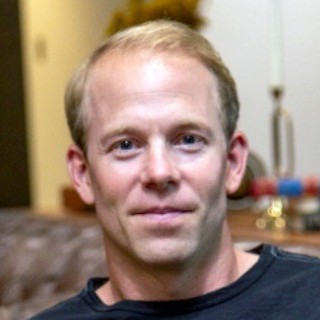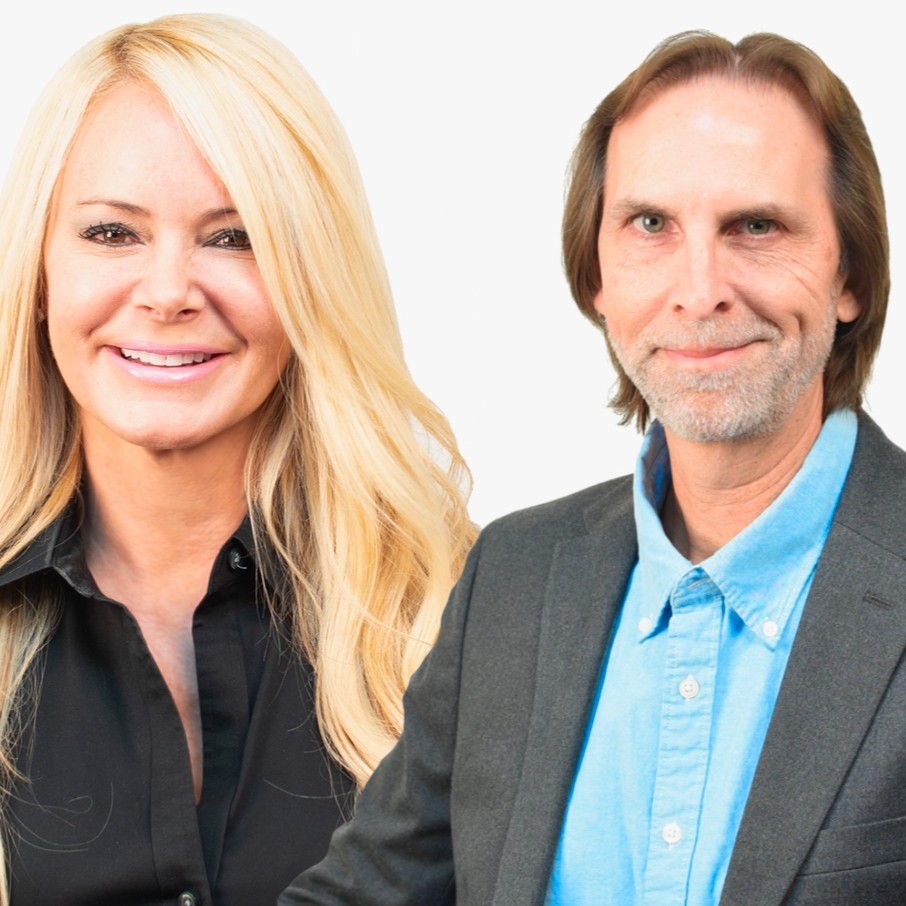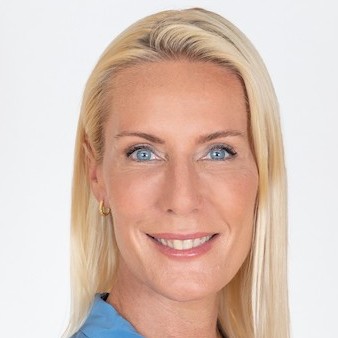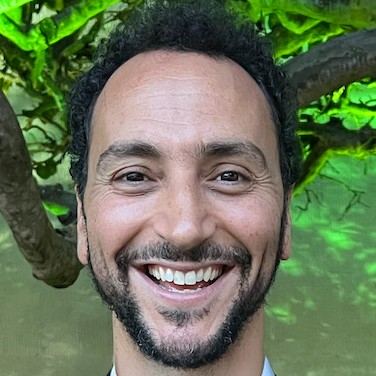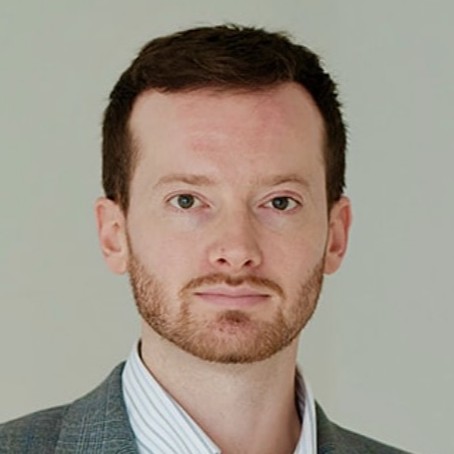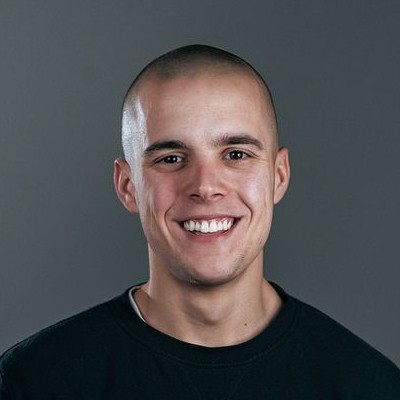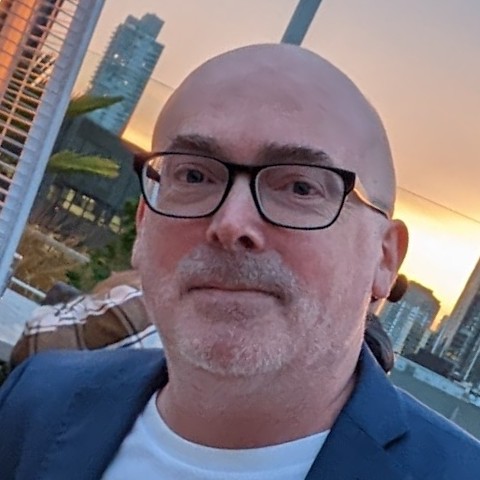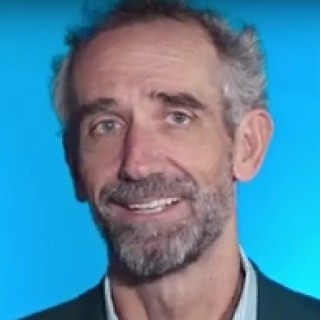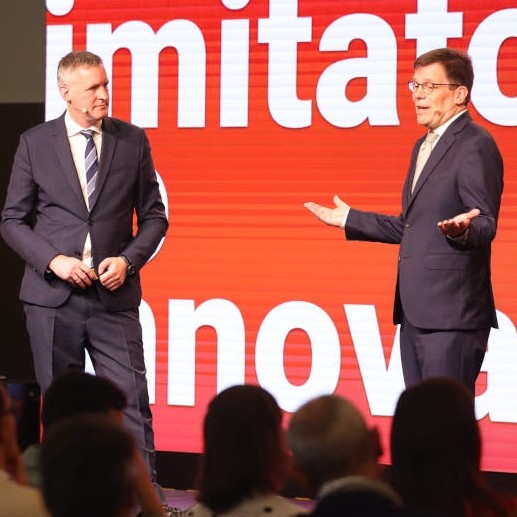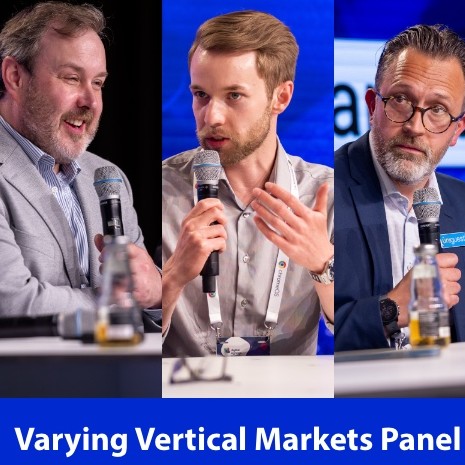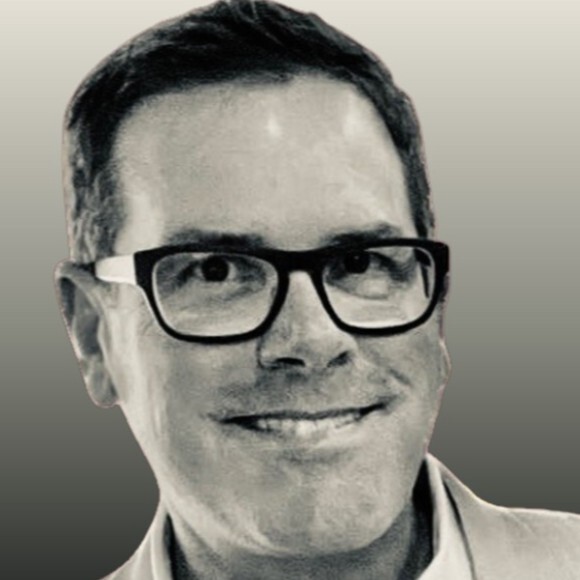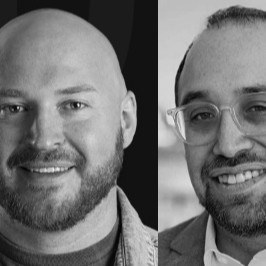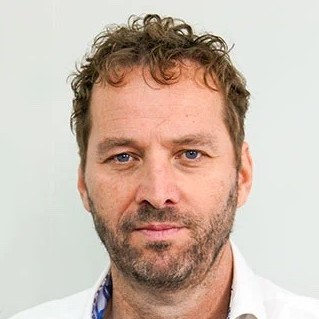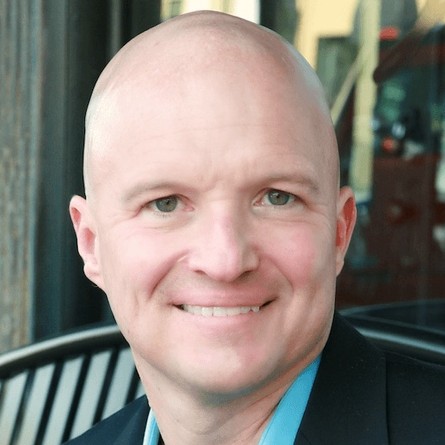Robert Johnson, PAM
Description
The 16:9 PODCAST IS SPONSORED BY SCREENFEED – DIGITAL SIGNAGE CONTENT
There's been a steady stream of announcements in the past couple of years about new sports and entertainment venues going up in the US and elsewhere, and one of the notable attributes about these developments is that they are not just stadiums and arenas - they're big commercial developments anchored by that kind of building but surrounded by retail, residential and infrastructure.
They're sprawling, at times, and with that, not necessarily easy to navigate and use.
An Australian software company called PAM has a tag line about transforming complex spaces into loved places, and it does that mainly through what people in digital signage would call wayfinding. But there's more going on with PAM than just maps. The company blends that base capability with a digital signage CMS, mobile, analytics, and integrations with business systems, including Ticketmaster. It also intertwines all these components so that they're reactive, with data from one component informing another.
The company already has some big name, high profile clients and venues to reference, including SoFi Stadium in LA and the F1 circuit for Las Vegas.
Robert Johnson is VP Sales for North America for the company, and he has a deep background in both wayfinding and digital signage. He got into the sector years ago, in the early days of Four Winds Interactive, and I've known him for ages now. So it was great to learn about PAM, but also just great to catch up.
Subscribe from wherever you pick up new podcasts.
TRANSCRIPT
Robert, great to catch up with you. I haven't seen you in years.
Robert Johnson: Likewise, Dave, it has been a while, and we go way back and it's great to reconnect with you.
I knew you from your time at Four Winds Interactive, where we were involved in a couple of pretty big deals. I was on the consulting side, and you were on the sales side when you were doing sales for that company. Could you give a background on your journey in digital signage?
Robert Johnson: Yeah, happy to, and you nailed it right there. You and I had a really exciting, fun opportunity to work on a couple of very large enterprise projects with some big names, great folks, and great clients and yeah, you and I cut our teeth together. That's where our relationship really spawned, but yeah, I was really fortunate, I got to start working with Four Winds Interactive when they were very quite small. I think when I started, there were somewhere between 25, and no more than 45 employees there.
Were they still in the house or had they moved out by then?
Robert Johnson: Yeah, I was in the original mansion, the Parkside Mansion, right off of City Park in Denver, Colorado, and that was a trip. They had weddings on the weekends and we sold software during the weekdays in there until we had to break down our desks. But that was a startup life right there.
Looking back is interesting because that was 16 years ago when I took that job with them and looking back, there's a piece of me that says that you can make a Netflix story about the rise of the software company because the economy was crap, it was 2007-2009, and the housing market crashed. I remember my parents asking me like, how do you have a job? How was the company doing?
What on earth is digital signage?
Robert Johnson: Why are people spending money on digital signage? And I remember telling my parents, I was young, I was in my 20s and I was like, mom, dad, this is amazing. People are buying this left and right. It was the kind of product that if you could just demo it and talk about it, you were selling it.
I was fortunate that I got to move up in the ranks and work on a lot of large enterprise deals, selling very complex digital signage solutions with incredible integrations to Delta Airlines and JetBlue Airlines, Toyota, Lexus, Mazda, Staples, just massive digital signage implementations and yeah, we had lots of integrators and hardware involved and it was a ride, man. It was awesome.
So as it happens, people move on and you went to a new company but could you tell me what they were doing?
Robert Johnson: The connection is this: In the world of digital signage, I joke and say, I sold TVs for a decade, but on the TVs, on the screens, you're selling communications platforms, employee communications platforms, retail solutions, touchscreens, and wayfinding.
Wayfinding has been a part of my life for a long time. We sold many wayfinding solutions, helping guests navigate stores, retail, malls, airports, and other places. I then moved to a company called Concept3D, which when I started, only had one product: a mapping product, but no signage, and for me, that was a breath of fresh air.
I was able to eliminate all the hardware complexities because hardware fails, PCs and displays fail, turn on, turn off, and get vandalized, and for me, this was amazing. I could sell wayfinding without having to implement any hardware, and they have a phenomenal platform, but then their main focus was or is higher education and I was brought on to try to sell into enterprise solutions, and we had a few good deals in there, but then COVID hit and we launched another product for virtual tours and we did a bunch of other things in there. So they actually have five products now, all heavily focused on higher education, but the wayfinding piece always stuck around.
We sold maps to anybody who wanted to visualize their space and anybody who wanted to enhance their space. If you're on a college campus and campuses are huge, they're square miles large, and so you need to navigate those environments.
Easy to get lost in them.
Robert Johnson: It's easy to get lost, and a lot of faculty, students, guests, and parents are frustrated trying to make that experience better, and so that was the plug.
So you were with that company and then I think you went on a hiatus or something, and now you're with a company called PAM.
Robert Johnson: PAM, yeah, and this is not the cooking spray company. It's not spam. It's not Pam. Funny enough, and this is like an accident, but PAM is actually the word, map, spelled backwards.
Oh, okay. I was trying to figure out what an acronym was.
Robert Johnson: Yeah, but that was not intentional. We actually had a customer bring it to our attention. Did you know that PAM is MAP backward? Anyway, it's Project Asset Management. That's actually what it stands for.
But PAM is really unique because it combines the last 16 years of my life into this amazing software platform that has been in development for the last seven years, and so we're still in the ramp-up phase, the startup phase. We're not quite a startup. We're in a kind of launch phase right now in terms of our trajectory with adding clients and growth, but they do a couple of things. We have a digital signage component where we power hundreds and hundreds of screens for large entertainment districts, sporting facilities, stadiums, and arenas and we specialize in interactive wayfinding.
We don't go to market as really either one of those. We go to market as a smart navigation platform helping cities, visitors, bureaus, and entertainment districts have a more frictionless, guest experience, and as in your world, Dave, the frictionless experience can be anything from how do you get parking? How do you find something? How do you get information on screens or your mobile device? We touch a lot of different communication mediums. It's a perfect fit for me. I've been there for two months now, and it's just been super exciting.
Were you looking around, or did they come to you?
Robert Johnson: A little bit of both out there when you've been in the space for a while, as we chatted before, you get approached by people, and certain things become a fit and, every day on my, on LinkedIn and stuff, I'd probably get hit up by a recruiter every day for something, or you get someone reaching out to you.
So yeah, this just came across my plate. We chatted and chatted for a while. It wasn't one of those light switch things where you just turn on and jump ship. When you're our age, my age, your age, everything's pretty calculated at that point.
We're not our age. 'cause I'm way older than you.
Robert Johnson: Yeah, you're older than me.
I could be your father.
Robert Johnson: Fair enough.
I could even be your grandfather.
Robert Johnson: Yeah, wife, kids, all that stuff, and play, and I'm never just like making a brash decision to just jump because the technology is cool but yeah, it was a calculated decision, but once I got to dig into the software and see what these guys are about. Hindsight's 2020 and I'm just super, super glad I made the change.
This is an Australian company?
Robert Johnson: They are headquartered in Sydney but have an office in LA. Right now, I'm heading up the North American sales efforts, and they are very, very, hyper-focused on sports and entertainment districts. So yeah, we are taking a smart city, smart district approach.
It doesn't really happen as much in Canada because it's much, much smaller, but from what I can tell, any new sports venue that goes up is not just an arena, it's a district with residential, retail, dining, hotels, the whole nine yards.
Robert Johnson: Yeah, you nailed it. Like I joke and tell teens, yeah, you might be on a football team or a baseball or basketball or hockey team, that's fine. But you're actually in the business of pro entertainment. You ju

